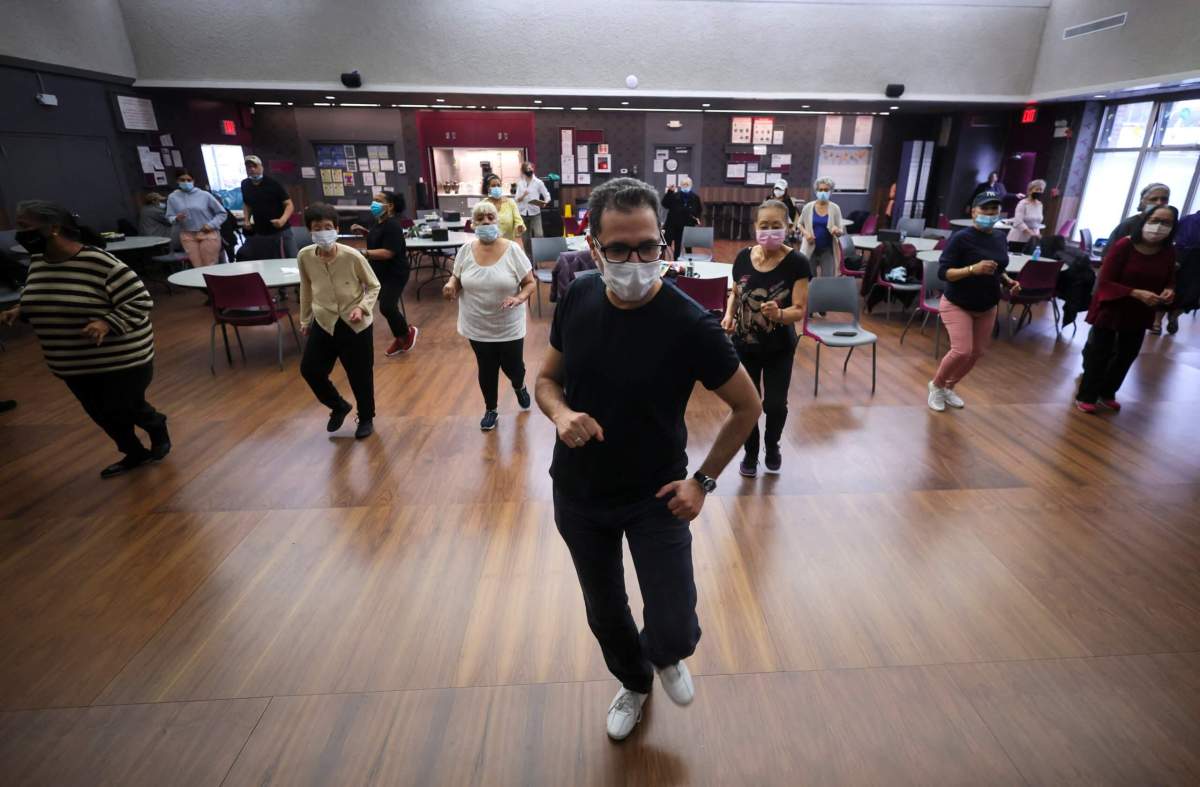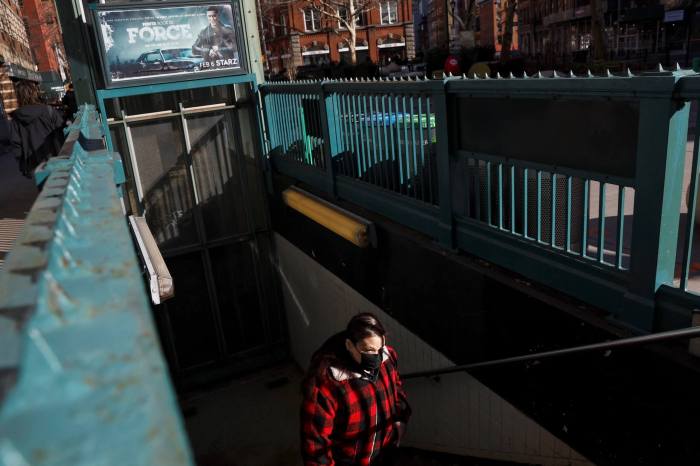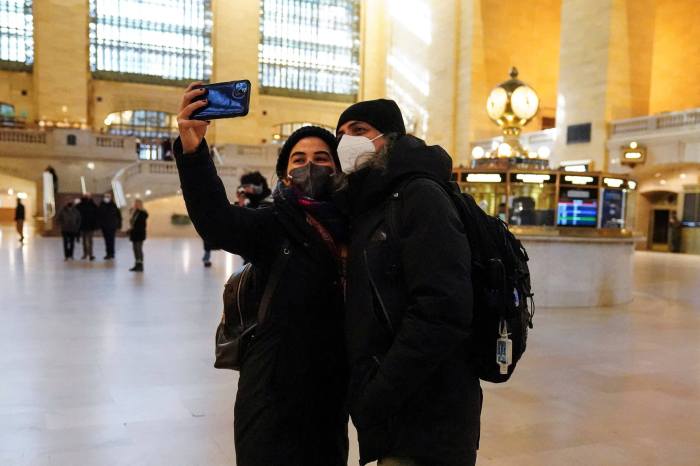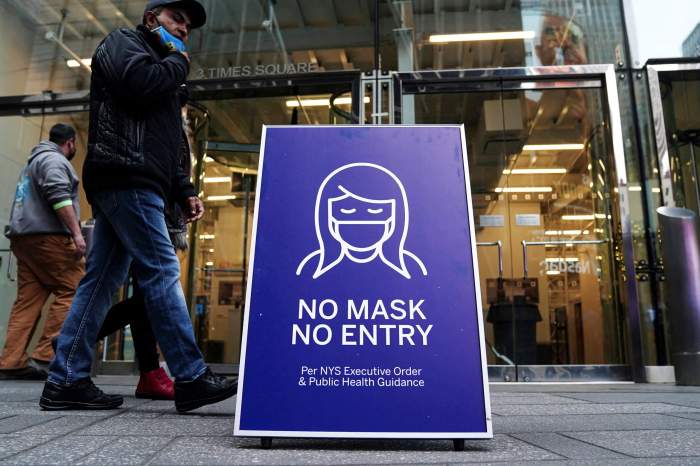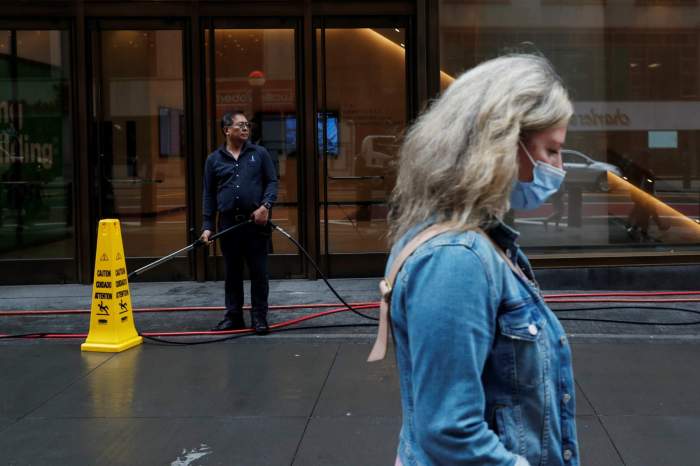Twenty-four months after New York City virtually shut down amid thousands of COVID-19 deaths in a matter of weeks, the horrors of the spring of 2020 are a distant, yet painful memory.
On March 13, 2020, the city recorded its first COVID-19 death — an elderly woman who succumbed to the virus’ complications in Brooklyn. The worst was yet to come.
Within weeks, the city’s morgues and funeral homes teemed with the bodies of COVID victims; at one point in late March and early April 2020, even as New Yorkers stayed home and socially distanced, the city recorded more than 900 deaths from the virus a day.
Fast forward to March 13, 2022, and COVID-19 infections have slowed to a crawl citywide, putting the Omicron variant-fueled holiday surge of cases far back in the rearview mirror — with rates decreasing even as the city and state relaxed or dropped altogether mask and vaccine mandates.
Most importantly, with more than 86% of the city’s resident having received at least the first dose of the COVID-19 vaccine and new treatments available, the death rate is close to zero. The city’s Health Department recorded three probable COVID-19 deaths back on March 4, but none since then.
The citywide 7-day positivity rate for New York City was down to 1.31% as of March 11. The 7-day daily hospitalization average is just 16. Every other indicator which the city uses to monitor COVID’s spread is on the decline.
The transmission rate is now down below “high” levels, at just 47 new cases per 100,000 residents citywide. The highest transmission is found in Manhattan at 85.59 cases per 100,000 residents.
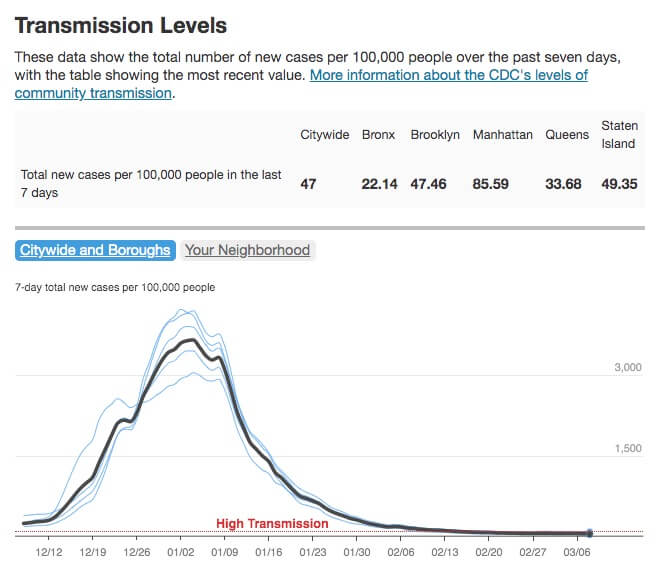
Just two communities across the city registered 7-day positivity rates above 4% between March 2-8, and both of them are in Manhattan. Tribeca (ZIP code 10007) logged the highest citywide positivity rate at approximately 5%, but only 15 new cases were reported there. A portion of the neighboring Financial District (10006) had a 4% positivity rate with just 7 new cases detected during the period.
Seven other communities across Brooklyn, Queens and Manhattan logged 7-day positivity rates above 3%.
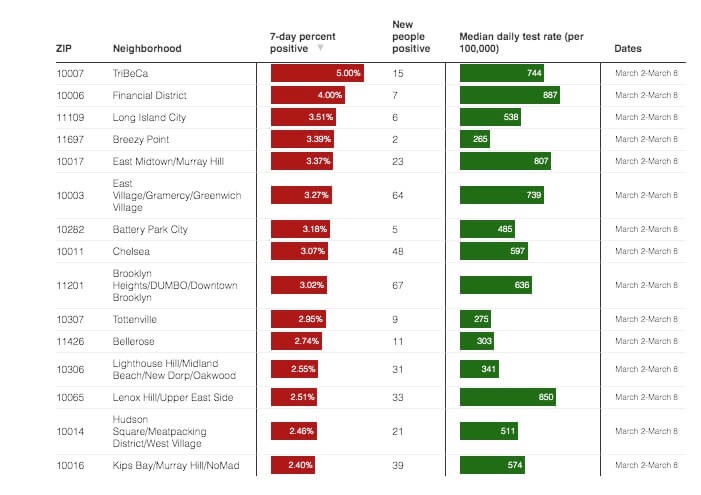
The most new COVID-19 cases detected between March 2-8 were found in East Williamsburg/Williamsburg, Brooklyn (11211), which has trended at or near the top of the most new cases in the city for weeks. Approximately 82 COVID-19 cases were diagnosed there between March 2-8, but the positivity rate remained low at 1.5%.
Just three other communities had 60 or more new cases during the week: Manhattan Valley/Morningside Heights/Upper West Side (10025, 75 new cases, 1.86% positivity rate); Brooklyn Heights/DUMBO/Downtown Brooklyn (11201, 67 new cases, 3.02% positivity rate); and East Village/Gramercy/Greenwich Village (10003, 64 new cases, 3.27% positivity rate).
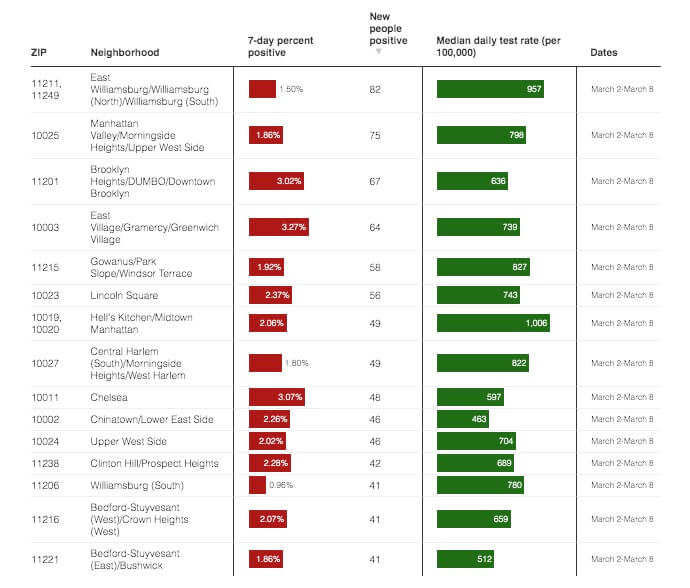
Three communities last week had no new COVID-19 cases at all. Two of them were in the Bronx: Wakefield/Woodlawn (10470) and Hunts Point (10474). The other area with a COVID-free week was South Jamaica/South Ozone Park, Queens (11436).
While the first and second doses continue to provide protection to New Yorkers, health officials continue to strongly advise residents to seek out a booster shot if they haven’t already done so. Just 36% of all New Yorkers have received the extra dose, approximately 2,990,061 people in all.
Unvaccinated New Yorkers continue to be at the highest risk of suffering severe illness and death from COVID-19. Health Department data shows that the infection rate among the unvaccinated, 222.78 cases per 100,000 residents as of Feb. 26, was nearly six times higher than among vaccinated New Yorkers (37.88 cases per 100,000 residents).
To find out where to get a COVID-19 vaccine or a booster shot, visit vaccinefinder.nyc.gov.



